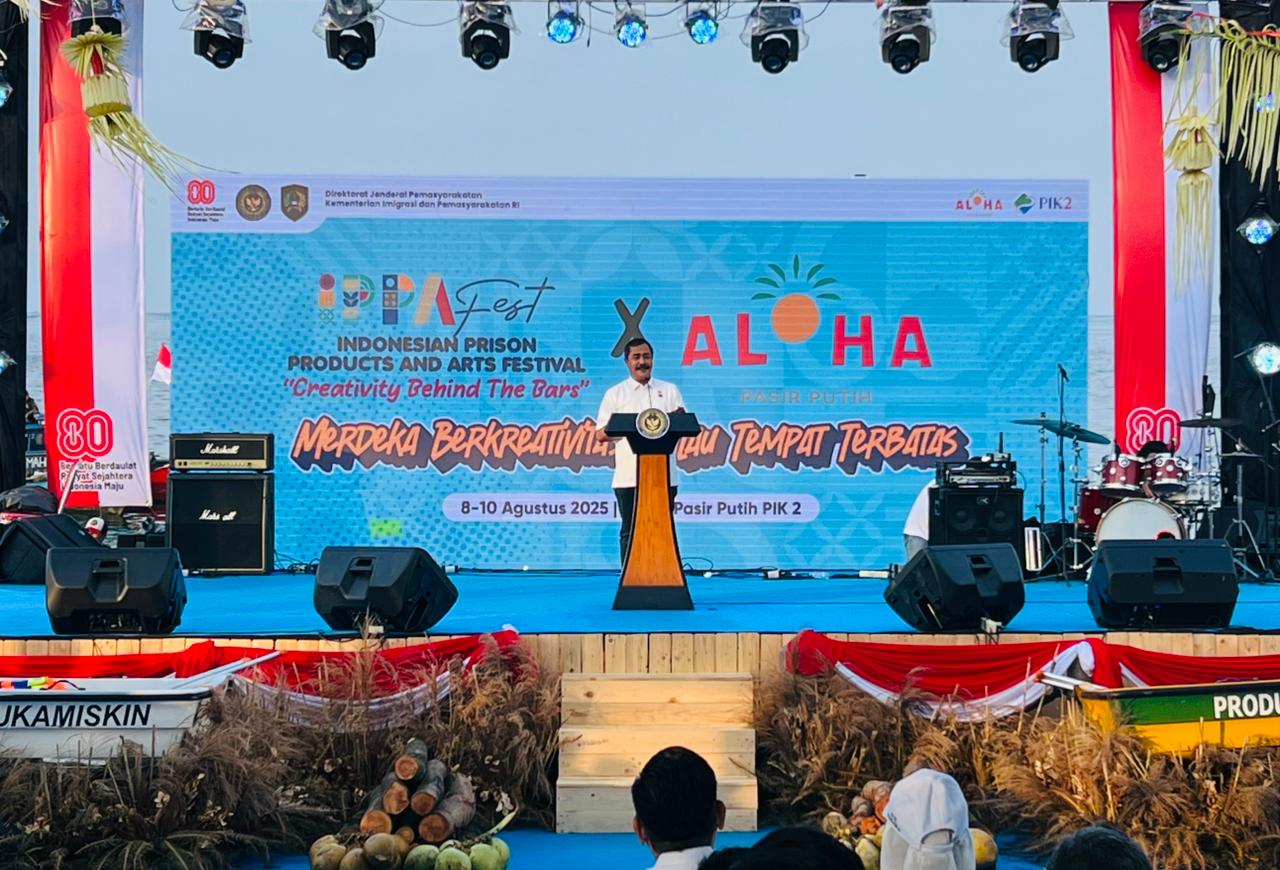Mass protests in Los Angeles began last week after US Immigration and Customs Enforcement conducted raids throughout the city, targeting places like Home Depots, car washes, and the garment district.
Demonstrations grew in response to the federal agents’ presence and actions, leading to clashes with police. In response, President Donald Trump deployed thousands of National Guard troops to the city over the weekend and about 700 Marines by midweek.
California Gov. Gavin Newsom swiftly denounced Trump’s orders, and filed an emergency lawsuit to block the president’s “brazen abuse of power.” LA Mayor Karen Bass declared a local emergency, and enacted an indefinite curfew in downtown Los Angeles. Both officials claim this is the administration’s broader attempt to escalate the situation on the ground and to intimidate the city’s undocumented population.
This is a developing story. Follow here for the latest news, explainers, and analysis.

Trump is frustrated by his own success on immigration



The real reason Trump is suddenly ordering immigration raids


The mass protests in Los Angeles began as a rejection of President Donald Trump’s new blitz of immigration raids.
US Immigration and Customs Enforcement descended on locations throughout LA on Friday, including Home Depot and the city’s garment district. During the raids, immigration authorities reportedly arrested more than 200 people, though the Trump administration has not yet released official figures. Some of them have already been deported, according to the Washington Post.

I’m the daughter of immigrants. The LA I know isn’t in the news.


My mom has been a housekeeper for as long as I can remember. As a child, I’d accompany her on the bus to the houses she cleaned, impressed with how it seemed like she knew just about everyone en route to their own jobs. There was always friendly acknowledgment and solidarity — especially with those in restaurant uniforms or carrying their own cleaning supplies.
Some of the people she befriended became trusted confidants she’d recruit to help with strenuous cleaning gigs and eventually help land custodial jobs with the city of Los Angeles. Many years later, these individuals would pool together money to ensure I didn’t fly across the country to an internship in New York City empty-handed, even though they didn’t have much to give. Getting a front-row seat to the community my mom built with others who worked low-wage jobs with long hours — for a shot at not just a better life for their families but for survival — was one of the most special acts of camaraderie I’ve had the privilege to witness.

The LA protests reveal what actually unites the Trump right



How a little-known law became Trump’s weapon of choice against immigration


President Donald Trump can’t stop using — and abusing — his legal authority to block the entry of noncitizens into the country.
When he issued a travel ban on citizens of Muslim-majority countries early in his first term, he did so by invoking Section 212(f) of the Immigration and Nationality Act, which allows him to block any foreigner if he deems that their entry would be “detrimental to the interests of the United States.”

Trump asks the Supreme Court to neutralize the Convention Against Torture


Federal law states that the United States shall not “expel, extradite, or otherwise effect the involuntary return of any person to a country in which there are substantial grounds for believing the person would be in danger of being subjected to torture.” This law implements a treaty, known as the Convention Against Torture, which the United States ratified more than three decades ago.
Federal regulations, moreover, provide that even after an immigration judge has determined that a noncitizen may be deported to another country, that judge’s order “shall not be executed in circumstances that would violate Article 3 of the United Nations Convention Against Torture.” And those regulations also establish a process that immigrants can use to raise concerns with an immigration judge that they may be tortured if sent to a specific country.

Trump escalates his battle with California


This story appeared in The Logoff, a daily newsletter that helps you stay informed about the Trump administration without letting political news take over your life. Subscribe here.
Welcome to The Logoff: President Donald Trump is sending troops to Los Angeles amid unrest over his immigration policies, a threat to civil liberties and another example of the president claiming that an emergency justifies a major expansion of his power.

Trump deploying the National Guard is part of a bigger plan


After protests erupted in response to federal agents raiding businesses around Los Angeles to arrest immigrants, President Donald Trump quickly decided to dump fuel on the fire: On Saturday night, the president declared that he would deploy 2,000 National Guard troops to the city.
Given that presidents usually only activate the National Guard upon a governor’s request, it’s an extraordinary step that bypasses California Gov. Gavin Newsom’s authority, since Newsom made no such appeal.


















































